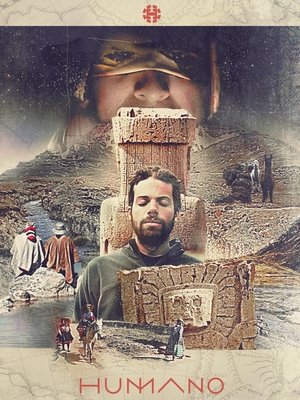
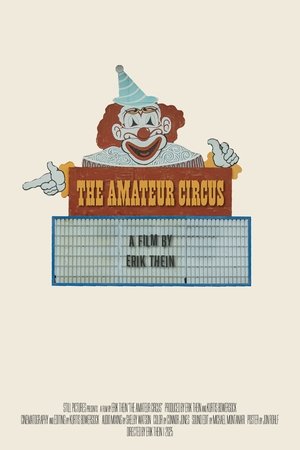
The Amateur Circus(NaN)
Tucked away in northern Indiana, the city of Peru, Indiana is the circus capitol of the world. Thousands of visitors and townspeople come to this town for two weeks to see the annual amateur circus. Performed by only the local kids, fueled with the rich history and culture of the circus in Peru, this show is anything but amateur.
Movie: The Amateur Circus
Video Trailer The Amateur Circus
Similar Movies
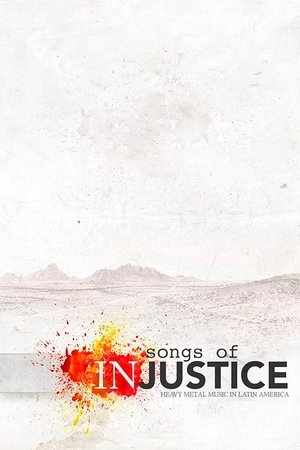 0.0
0.0Songs of Injustice: Heavy Metal Music in Latin America(es)
In this documentary film a team of researchers examine the social contexts that influenced the emergence and permanence of heavy metal music in Chile, Argentina, Mexico and Peru. Colonialism, dictatorships, terrorism and neoliberal exploitation serve as points of reference for how heavy metal in the region has been directly linked to each country's social and political context.
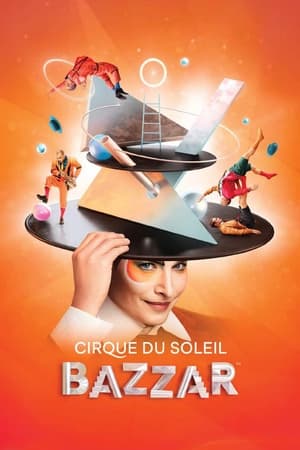 10.0
10.0Cirque du Soleil: Bazzar(en)
Welcome to Cirque du Soleil BAZZAR, an eclectic lab of infinite creativity where a joyful troupe of acrobats, dancers and musicians craft an awe-inspiring spectacle. Lead by their maestro, they band together to invent a whimsical one-of-a-kind universe. In a place where the unexpected is expected, the colourful group reimagines, rebuilds and reinvents vibrant scenes in an artistic, acrobatic game of order and disorder. Come and claim your place amidst this marketplace of merriment and creative camaraderie. You just might find that the end of the story is really only the beginning!
Sacha Runa: Spirits of the Rainforest(en)
A portrait of Peruvian curandero Agustin Rivas-Vazques, revealed primarily through stationary-camera interviews.
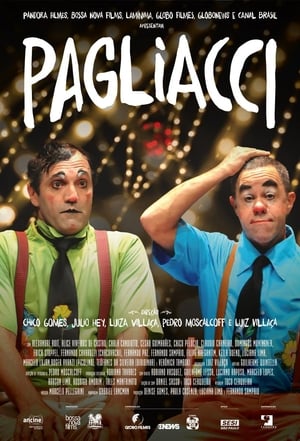 0.0
0.0Pagliacci(pt)
The documentary “Pagliacci” celebrates – in a poetic way – what it means to be a clown. The film addresses philosophical and symbolic questions about man’s need to laugh at himself. In a sensorial and emotional mix, the film starts from what is most human and true: laughter.
The Enigma of Nasca(fr)
Join a team of archaeologists and the Discovery Channel in an investigation into the mysterious lines of the Nazca region in Peru. Created by the Nazcas, these huge sculptures are only visible from the sky and depict people, animal, geometric forms, and strange creatures. See a premier exhibition of pottery and textiles, musical instruments, and mummies from this long-forgotten, pre-Columbian civilization and visit Cahuachi, a buried city of pyramids and ceremonial buildings which may have once been the religious capital of the Nazca people
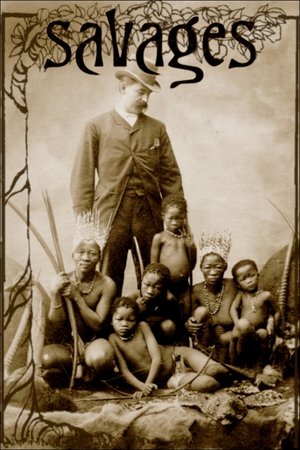 7.8
7.8Savages: The Story of Human Zoos(fr)
For more than a century the great colonial powers put human beings, taken by force from their native lands, on show as entertainment, just like animals in zoos; a shameful, outrageous and savage treatment of people who were considered subhuman.
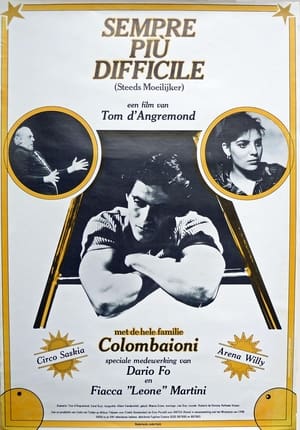 0.0
0.0Sempre più difficile(it)
This documentary is about the Italian small family circus, based on the old street theatre of the Commedia dell'Arte. Since World War II, they have diminished in number and today hardly exist anymore. They simply can't compete with modern times entertainment, symbolized by television. The film portrays and follows the Colombaioni family, six brothers and two sisters, their children and grand children. Most of them work in their own small circus(father, mother, children). Two of the brothers, Carlo and Alberto left the circus and now have a theatre show, based on their improvisation skills that they learned in the circus. The family is known by their collaboration with Frederico Fellini and Dario Fo. They appeared in many a Fellini movie -o.a. La Strada, Le Notti di Cabiria and I Clown.
Quipu: Calls for Justice(en)
Esperanza and Teodula are calling for justice in rural Peru, part of 300,000 people sterilised without consent more than 18 years ago. The Quipu Project is their phone line that allows the affected across the country to share their shocking testimonies and ensure those responsible are punished.
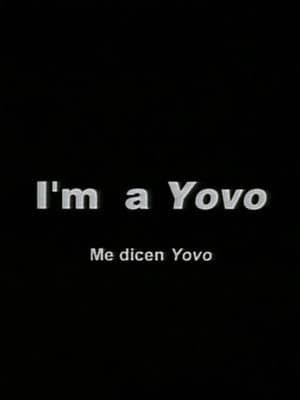 0.0
0.0Me dicen Yovo(en)
While working as a photographer in Benin, West Africa, a two-week trip will turn into a two months personal journey. Me dicen Yovo (I'm a Yovo) is a visual diary of that experience. A Peruvian traveller is an odd presence in Benin whose ethnic a cultural identities are constantly creating unique situations, and provoking original thoughts on what it means to be from the "third world".
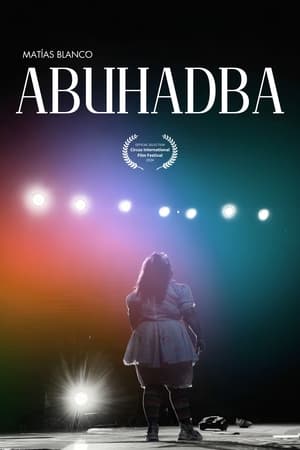 10.0
10.0ABUHADBA(es)
From the slow waitings for opening of the big top to the loneliness in the dressing room backstage, Abuhadba follows the life of a small circus in Chile run entirely by a traditional circus family.
 7.3
7.3Cirque du Soleil: Amaluna(en)
Amaluna invites the audience to a mysterious island governed by Goddesses and guided by the cycles of the moon. Their queen, Prospera, directs her daughter’s coming-of-age ceremony in a rite that honours femininity, renewal, rebirth and balance which marks the passing of these insights and values from one generation to the next. In the wake of a storm caused by Prospera, a group of young men lands on the island, triggering an epic, emotional story of love between Prospera’s daughter and a brave young suitor. But theirs is a love that will be put to the test. The couple must face numerous demanding trials and overcome daunting setbacks before they can achieve mutual trust, faith and harmony.
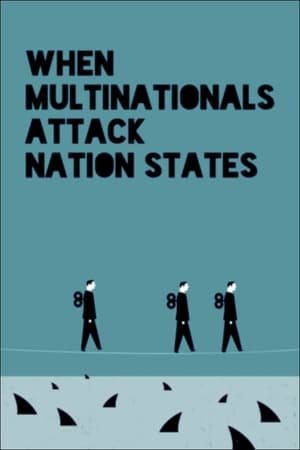 7.0
7.0When Multinationals Attack Nation States(fr)
In autumn 2016, demonstrations sprang up all over Europe against the CETA free-trade agreement between the European Union and Canada. The reason? An obscure clause which allows multinationals to sue nation states if they feel their profits may be damaged by government decisions. An investigation into the hidden world of international arbitration.
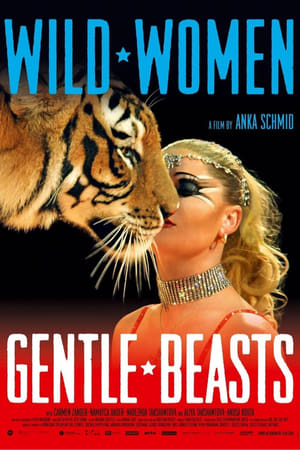 8.0
8.0Wild Women: Gentle Beasts(de)
Animal tamers from various continents shine in the spotlight and struggle for their existence behind the scenes. Between toiling and smiling, the female circus artists disclose their passion for their 'wild' animals and extraordinary profession: a daily life full of dedication and discipline in the midst of mortal danger.
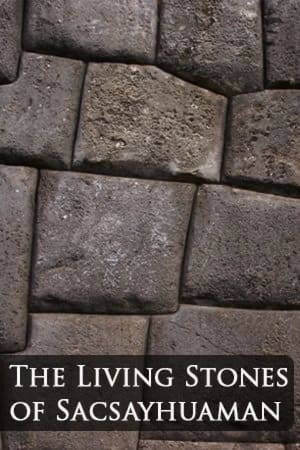 0.0
0.0The Living Stones of Sacsayhuamán(ru)
Sacsayhuamán, an ancient citadel amidst the Peruvian Andes, is an architectural marvel. It was built more than 900 years ago, and no living person knows how such large rocks were fitted so perfectly into walls. This documentary takes us on a tour of Sacsayhuamán, offering a brief history of the site, and clues that may help to its understand how it was made. It was edited from photos and video taken in July 2012, when Russian geophysicists conducted soil research there, at the request of Peru's Ministry of Culture.
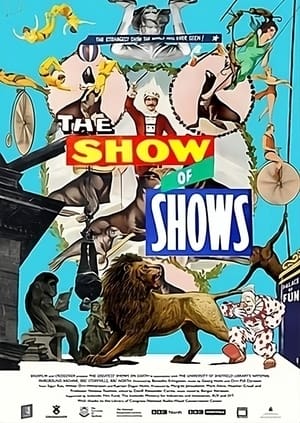 7.0
7.0The Show of Shows: 100 Years of Vaudeville, Circuses and Carnivals(en)
This film tells the story of itinerant circus performers, cabaret acts and fairground attractions, showing rarities and never-before seen footage of fairgrounds, circus entertainment, freak shows, variety performances, music hall and seaside entertainment, chronicled from the 19th and 20th century. We will see early shows that wowed the world and home movies of some of the greatest circus families. Director Benedikt Erlingsson takes us back to the days when the most outlandish, skillful and breathtaking acts traveled the world. This rich visual archive has been created with exclusive access to The University of Sheffield’s National Fairground Archive and is accompanied by an epic new score by Georg Holm and Orri Páll Dýrason of Sigur Rós, in collaboration with Hilmar Örn Hilmarsson and Kjartan Dagur Holm.
Hermanos de Viaje(es)
Documentary recorded on a family trip to Chancay in July 2024. Edited in April 2025.
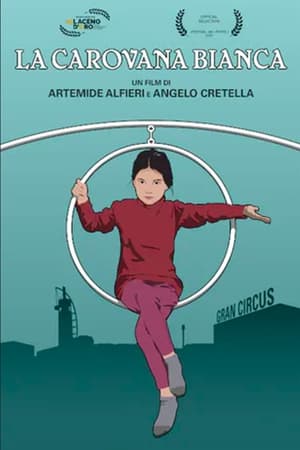 0.0
0.0The White Caravan(it)
The neon sign ‘Circus’ illuminates the wide street of Naples’ suburbs: four circus families were abandoned by the institutions, and now they’re awaiting the pandemic will disappear, like a magic show. The circus has stopped, but their lives go on.
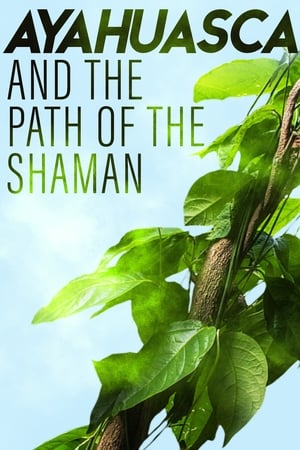 0.0
0.0Ayahuasca and the Path of the Shaman(en)
Desperate to recover from his depression, Dave travels from his home in British Columbia, Canada to Peru in order to experience the healing effects of the sacred medicine ayahuasca. After Dave spends some time in the country, a Shipibo healer begins to teach him how to work with the medicine more deeply.
 5.8
5.8Prater(de)
Vienna’s Prater is an amusement park and a desire machine. No mechanical invention, no novel idea or sensational innovation could escape incorporation into the Prater. The diverse story-telling in Ulrike Ottinger’s film “Prater” transforms this place of sensations into a modern cinema of attractions. The Prater’s history from the beginning to the present is told by its protagonists and those who have documented it, including contemporary cinematic images of the Prater, interviews with carnies, commentary by Austrians and visitors from abroad, film quotes, and photographic and written documentary materials. The meaning of the Prater, its status as a place of technological innovation, and its role as a cultural medium are reflected in texts by Elfriede Jelinek, Josef von Sternberg, Erich Kästner and Elias Canetti, as well as in music devoted to this amusement venue throughout the course of its history.

